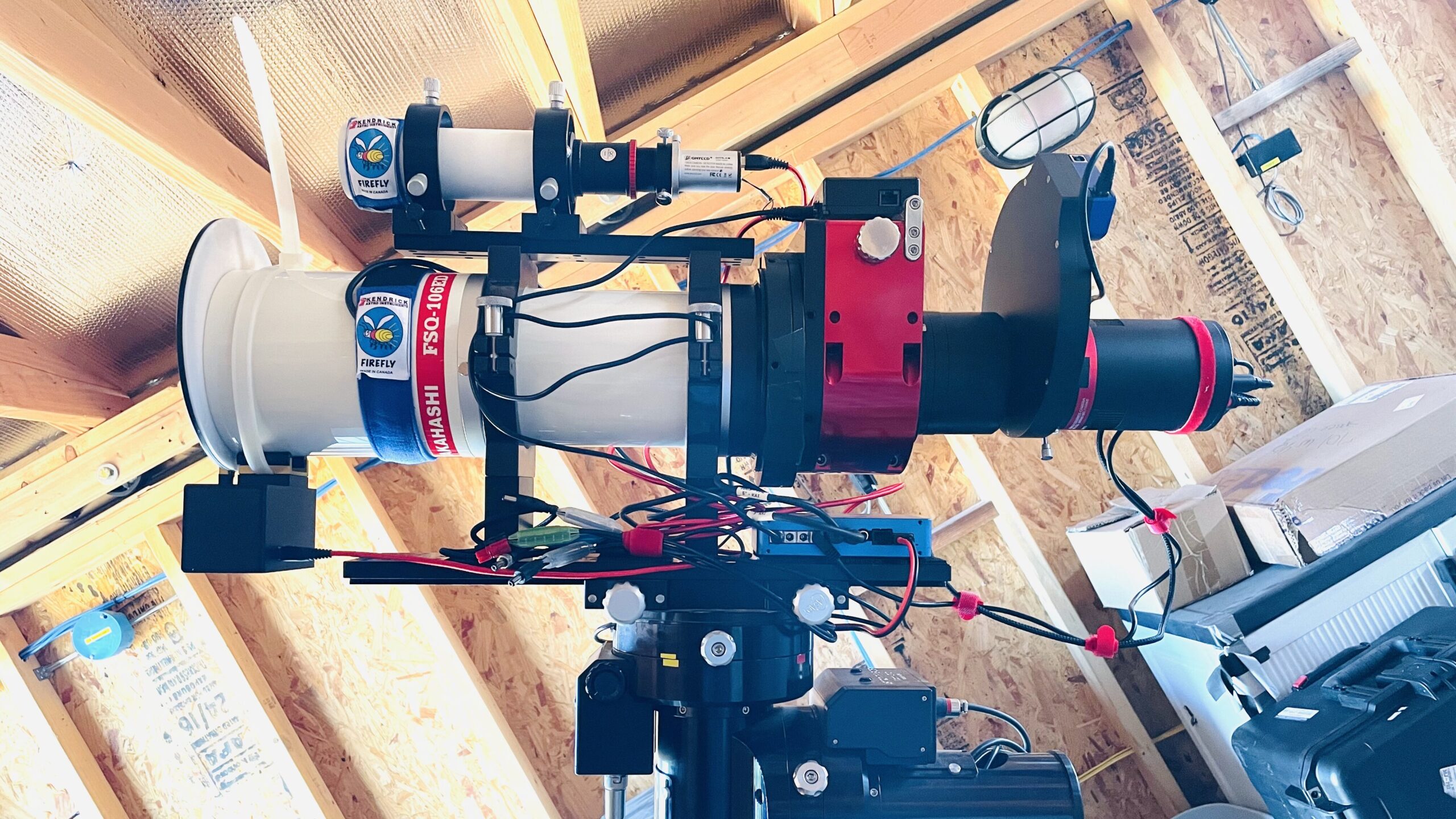Data acquired from February 22, 2021 through March 8, 2021 in Marathon, Texas

I’m happy to reveal the first mosaic image taken remotely out of my new Takahashi system. Learning a new telescope is always a challenge, but this one has a STEEP learning curve. I’m very happy with aspects of the system, while I know I will need to improve and learn new skills in other areas. I am happy with the color and detail. Adding two sets of narrowband data to the image was a challenge as I found myself in old territory trying to learn new ways of blending narrowband and broadband data.
About the Image:
The Seagull Nebula is located on the border between the Constellations Canis Majoris and Monoceros. It is easily found in the sky by locating the belt stars of Orion and following them in a line to Sirius. IC 2177 (the Seagull Nebula) is located along the line just above Sirius (about 5 degrees). The region is a treasure chest of planetary nebula and rich hydrogen clouds that reach almost to Sirius. In my image above you can see several globular clusters, one Messier target among them (M50), many faint diffuse areas, and a rich starfield across the frame.
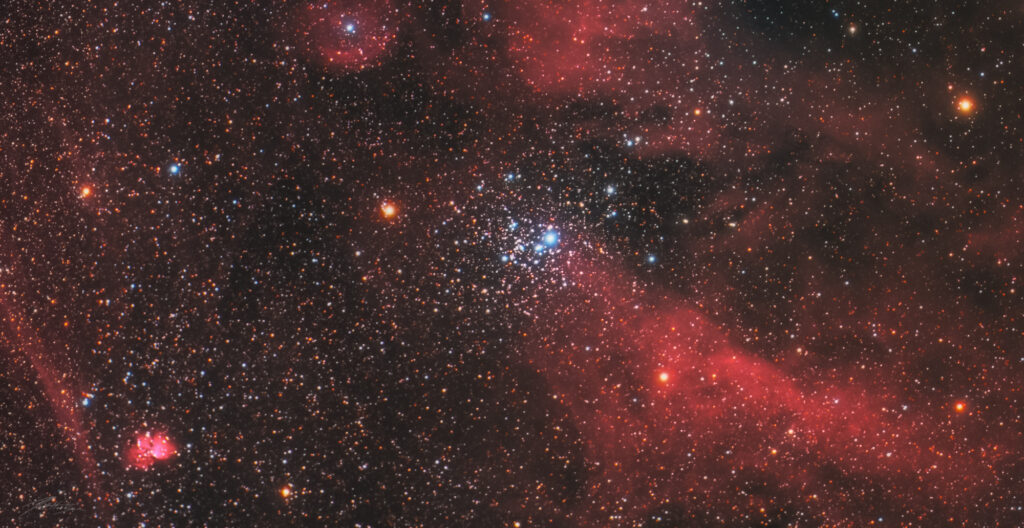
NGC2353 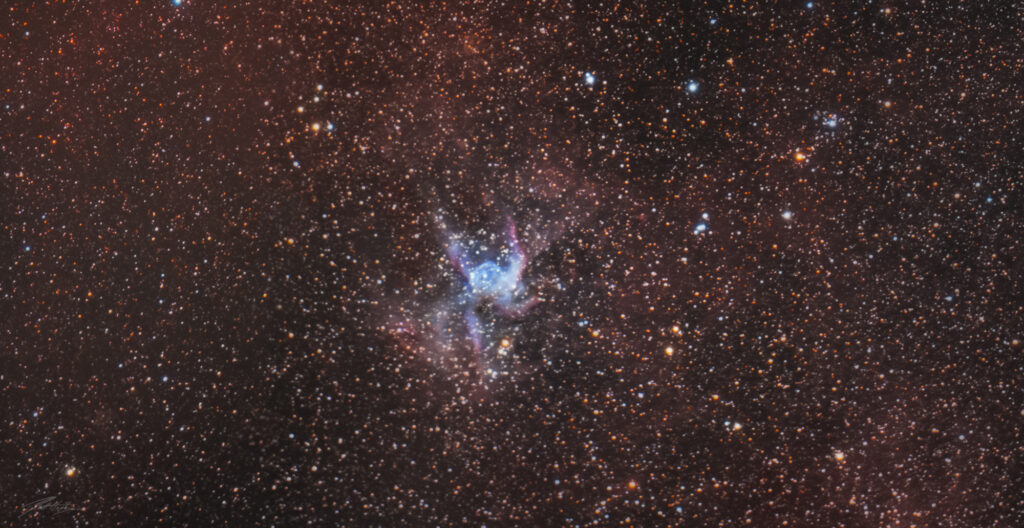
NGC2359- Thor’s Helmet 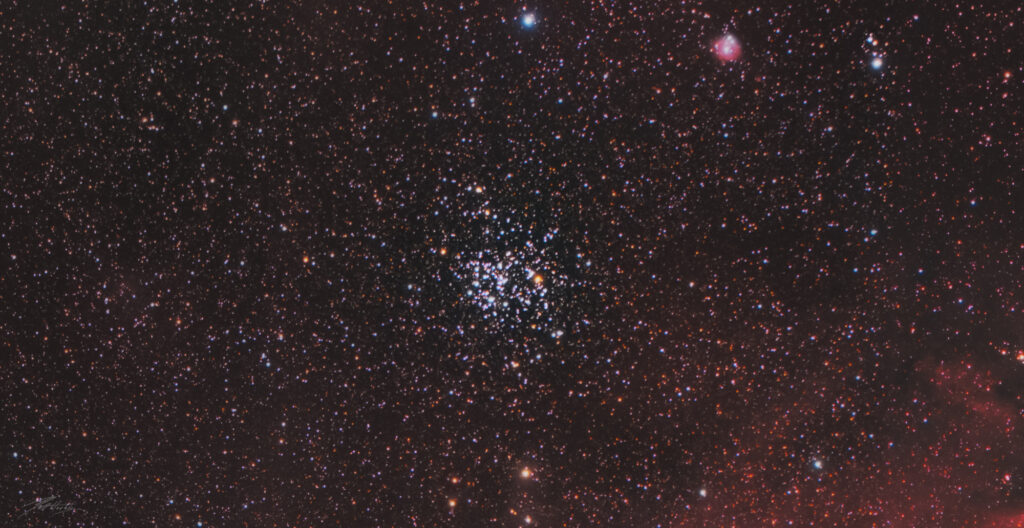
Messier 50 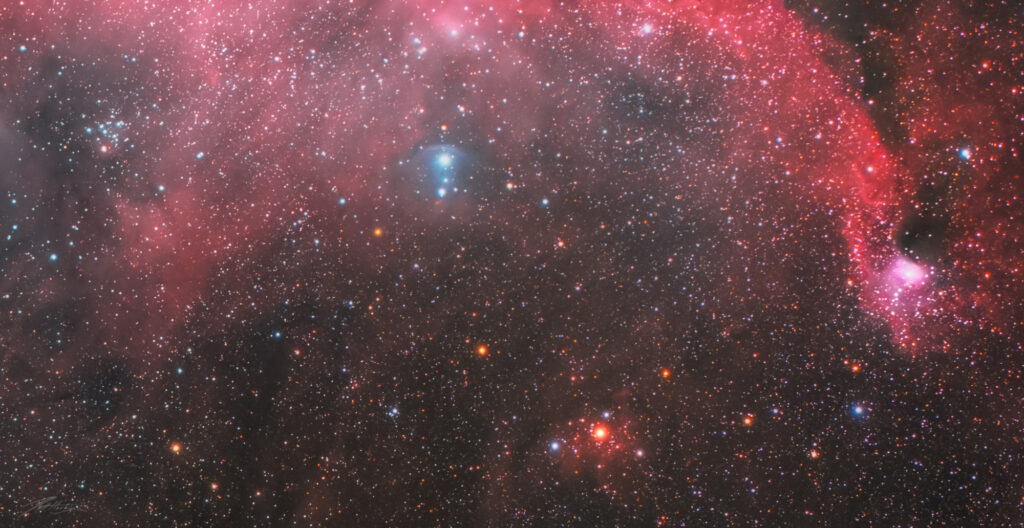
VdB95 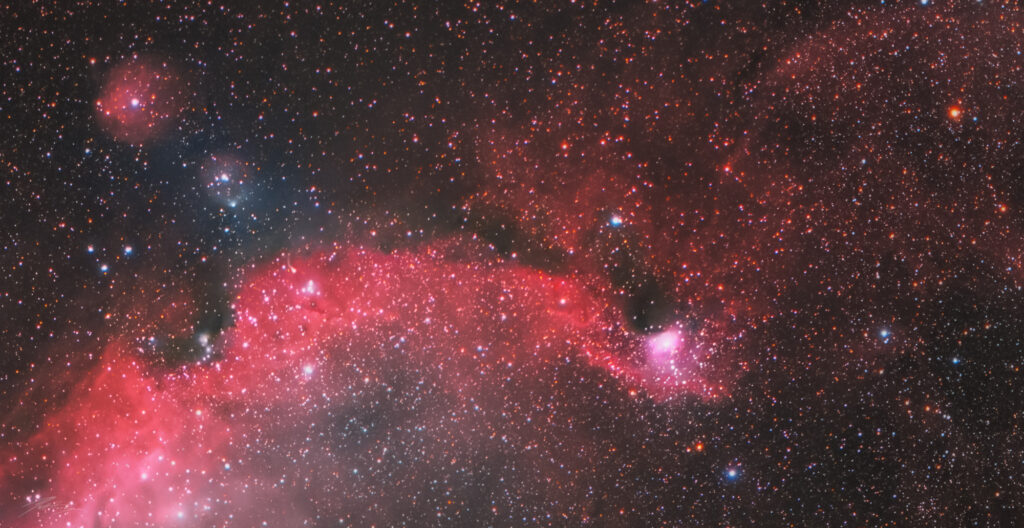
Sh2-297 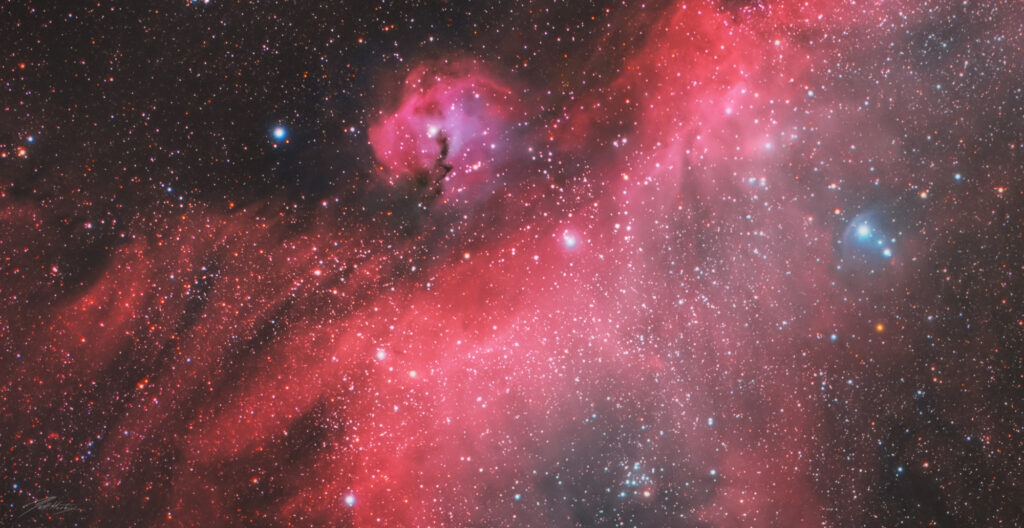
IC2177
Here’s the specifics of the image:
Acquisition per panel:
25 x 30 minute Ha
15 x 30 minute O3
60 x 1 minute Luminance
60 x 1 minute Red
60 x 1 minute Green
60 x 1 minute Blue
72 total hours for the image – 24 hours per panel (3)
Equipment used:
Takahashi FSQ 106IV + Takahashi 645 reducer at 3.6 and 380mm
Moonlite NiteCrawler WR35 focuser
QHY600m CMOS camera with 3″ filter wheel
LRGB Antlia Pro filters
HA, S2, and O3 Baader filters
WO 50mm Guide scope with QHY5Lii guiding camera
Astro-Physics Mach 1 mount
Editing Processes:
-Acquisition in Sequence Generator Pro
-Calibration and Integration completed in Pixinsight with weighted batch pre processing
– Star Alignment, Dynamic Crop* + Dynamic Background Extraction before placement in LRGB Combination and use in Pixel Math
– Separate channel mosaic all cropped by same Dynamic crop and assembled with Mosaic by Coordinates.
– Starnett used on O3 and HA masters for use in editing process and creation of a Star Mask
-Calibrated masters assembled through LRGB Combination with the below formulas:
– For Red Channel: (R) + (HA*0.5)
– For Lum Channel: (L) + (HA+O3)*0.2 (YMMV)
– RGB image ran through Photometric Color Calibration and stretched with histogram transformation.
– Luminance added via LRGB Combination and saved as master.
– Color adjustments via Photoshop and exported to library with Lightroom.
Astrobin Link (redirect): https://www.astrobin.com/qbr7h5/
